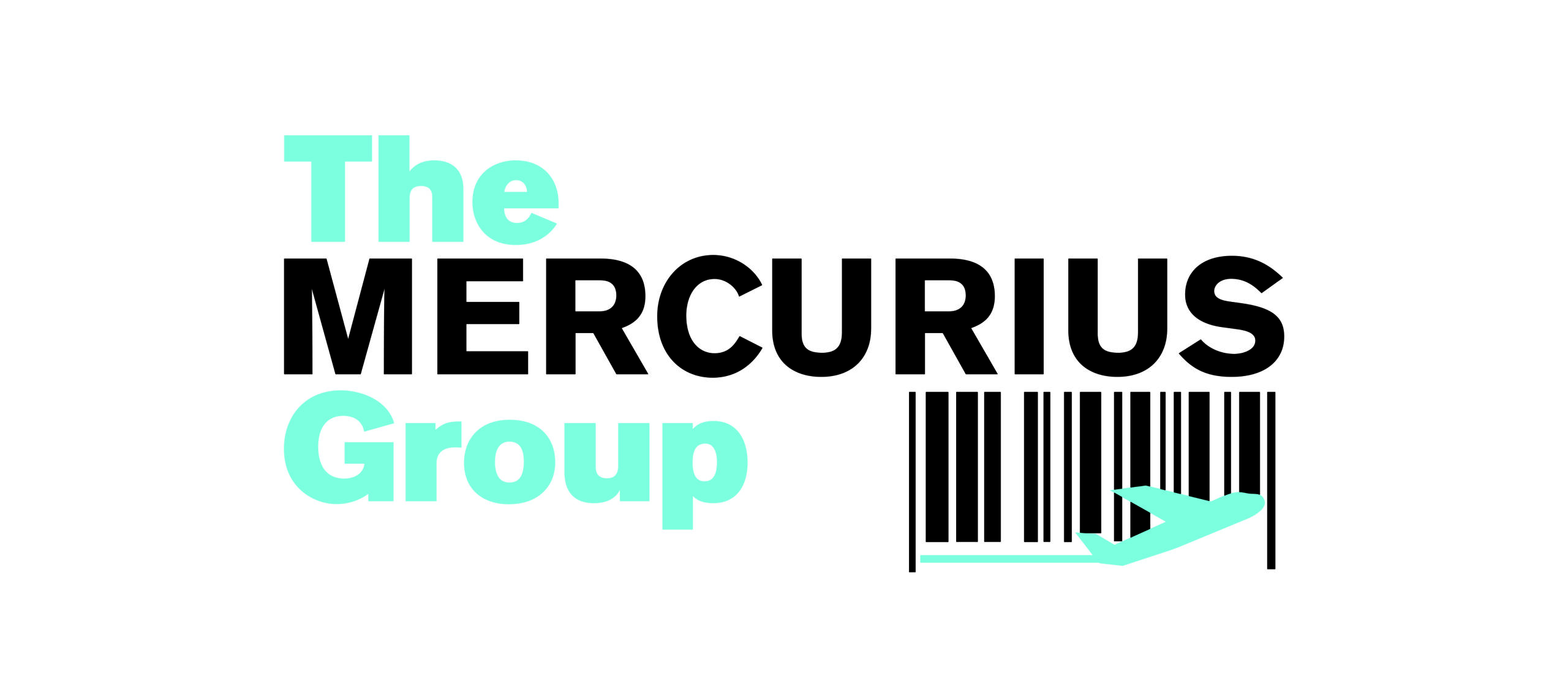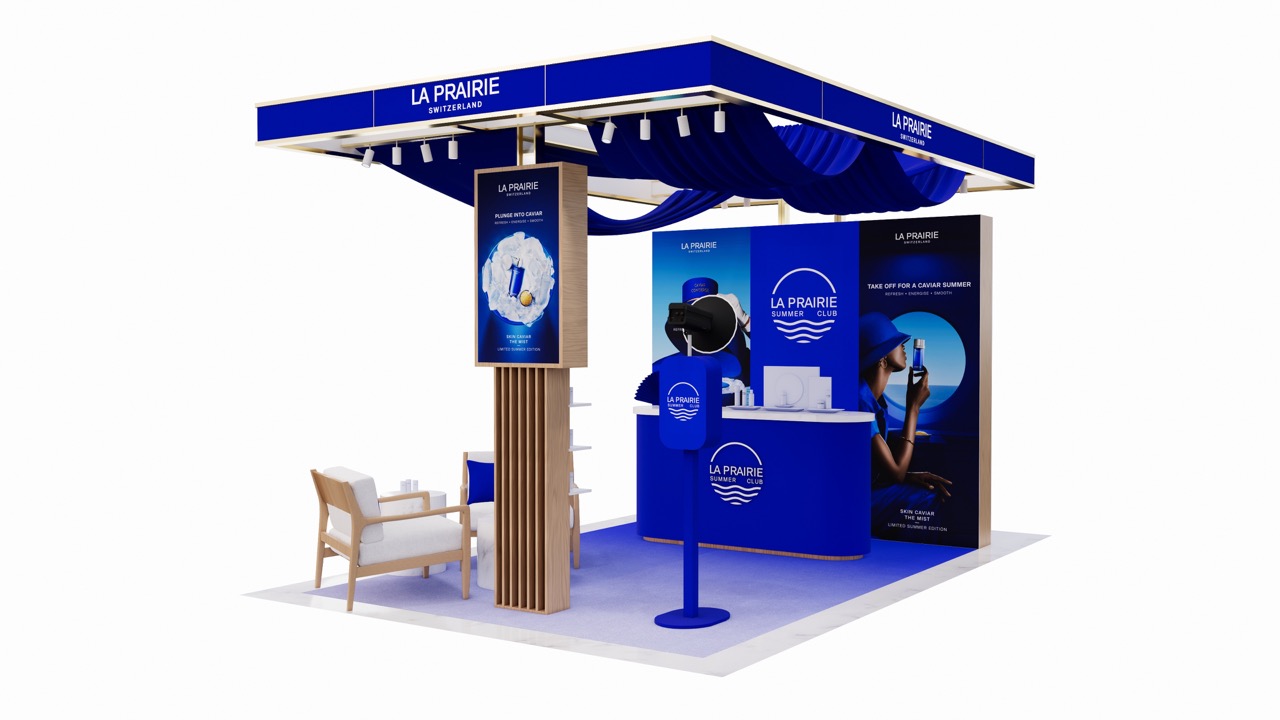AUSTRALIA/NEW ZEALAND. Ivo Favotto, a Sydney-based executive and company owner who has worked for all three stakeholders in the Trinity chain, presents his latest commentary and figures on the gradual re-emergence of airport commercial activities in Australia and New Zealand. Favotto owns and runs The Mercurius Group, a consultancy focused on industry research, consultancy and benchmarking studies, as well as operating his own destination merchandise supply business. This month, he reports that an outbreak of 136 COVID-19 cases in Australia is the latest factor to block the path to meaningful recovery.

December 2020 marks the ninth month of The Mercurius Group’s tracking of the travel retail industry’s recovery from COVID-19 across Australia and New Zealand and it certainly has been a long and winding road with plenty of ups and downs along the way. And just when we think we can see light at the end of the tunnel, we are dragged back through more twists and turns.
Our monthly reports on travel retail’s recovery from COVID-19 in Australia and New Zealand record the reopening of travel retail stores across the 27 airports with more than 0.5 million annual passengers across both countries.
December 2020 saw the continuation of the slow increase in the number of travel retail outlets opening since the Melbourne shutdown dip in August. By month’s end 57% of all travel retail outlets across Australia and New Zealand were open, up from 48% in November. However, that means there are still 335 outlets closed. And many of the 57% of outlets that are open are under-trading as passenger numbers continue to materially lag 2019 levels.

The number of outlets reopened is not expected to jump materially in January 2020 – and may even reverse – for two key reasons.
First, both the Australian and New Zealand governments have since the very beginning of the COVID-19 crisis adopted an ultra-cautious approach – as only “fortress island” nations can (although not all do – e.g. UK and Ireland). Notwithstanding the rapid approval and commencement of vaccine roll-outs in other countries, both Australia and New Zealand have adopted a wait-and-see approach.
Vaccine rollouts are not expected to commence until March 2021 and even then will take the best part of this year to implement – particularly in Australia where the sprawling geography doesn’t make things simple.
“Alas it seems that the optimism we saw in our November report will have to be tempered with a dose of realism and hopes reset for unencumbered travel to resume when populations are vaccinated”
Second, after what appeared to be near elimination in early December which provided some cause for optimism, just before the Christmas there were further COVID-19 outbreaks in Australia (at the time of writing there were 136 locally-acquired active cases between the states Victoria and NSW). This led various States to again shut down borders to domestic travel and order residents into lockdowns.
This number of cases may seem ridiculously small in the international context, but in Australia, this led to air travel over the traditional summer holiday peak being materially disrupted.
This renewed – albeit limited – outbreak also didn’t bode well for the tantalising opportunity to re-open the international border between New Zealand and Australia. New Zealand has held fast to its stipulation that Australia must prove COVID-19 elimination before allowing quarantine-free travel.

Further abroad than New Zealand, initial indications emerged that international travel may be back by the second half of 2021 with Qantas, Australia’s national carrier, opening flights bookings to the UK and US from 1 July 2021. However, this has recently been shot down by government officials saying that quarantining travellers is likely to remain the case for the majority of 2021.
Alas it seems that the optimism we saw in our November report will have to be tempered with a dose of realism and hopes reset for unencumbered travel to resume when populations are vaccinated.
For the travel retail sector, this all means a more prolonged and painful recovery period than was hoped for in November, when there were no community transmissions and internal borders were reopening.
The reopening of outlets is still not yet matched by the recovery in passengers. Noting that passenger statistics lag a few months behind, October total Australian passenger numbers were just over 1.5 million, down from around 11 million per month in 2019. In other words, in October 41% of 2019 outlets open were competing for business from just 14% of the 2019 passengers. Even with moderation of trading hours, competition for passenger spend is more intense than ever before.
Before COVID-19, on average airports in Australia and New Zealand had two F&B and two specialty retail sites per million pax. As at the end of October, this was seven outlets per million pax for F&B (three and half times more than usual) and six outlets per million pax for specialty (three times more than usual).

On an operational level, the continuing stop-start pattern of interstate travel is challenging operators. One of the most challenging aspects is staffing. Attracting staff back to travel retail outlets is emerging as a more long term problem. Airports are developing a reputation as a risky place to have a job, causing talented workers to look elsewhere.
Further issues arise with balancing product supply (an acute issue with perishable food) with low and lumpy demand whilst satisfying customers’ (and airports’) expectations of enticing product ranges. It is not an easy equation.
In the meantime, the Australian government wage subsidy scheme continues to March 2021 at which point it will be closed off – a distressing issue for travel retailers which may result in accelerating job losses and this cut-off point fast approaches.
At the same time, many travel retailers are reporting ‘renegotiation fatigue’. Many rent relief arrangements were put in place until the end of December 2020 and these will now need to be renegotiated carefully, rebalancing all parties’ desire to get back to normal and the reality of constant twists and turns delivered by the COVID-19 crisis.

An interesting development has been the emergence of some existing operators on the hunt for acquisition opportunities who will kick the tyres of any distressed (or at least willing) seller. Not only is the prospect of existing operators consolidating real, private equity investors (big international ones at that) are circling too, sensing the opportunity to pick up premium assets when prices may be low.
The next 12 months could prove to be an interesting time for travel retail consolidation Down Under. Watch this space.
Ivo Favotto contact: Tel: +61 423 564 057; Email: ifavotto@themercuriusgroup.com; Website: www.themercuriusgroup.com













